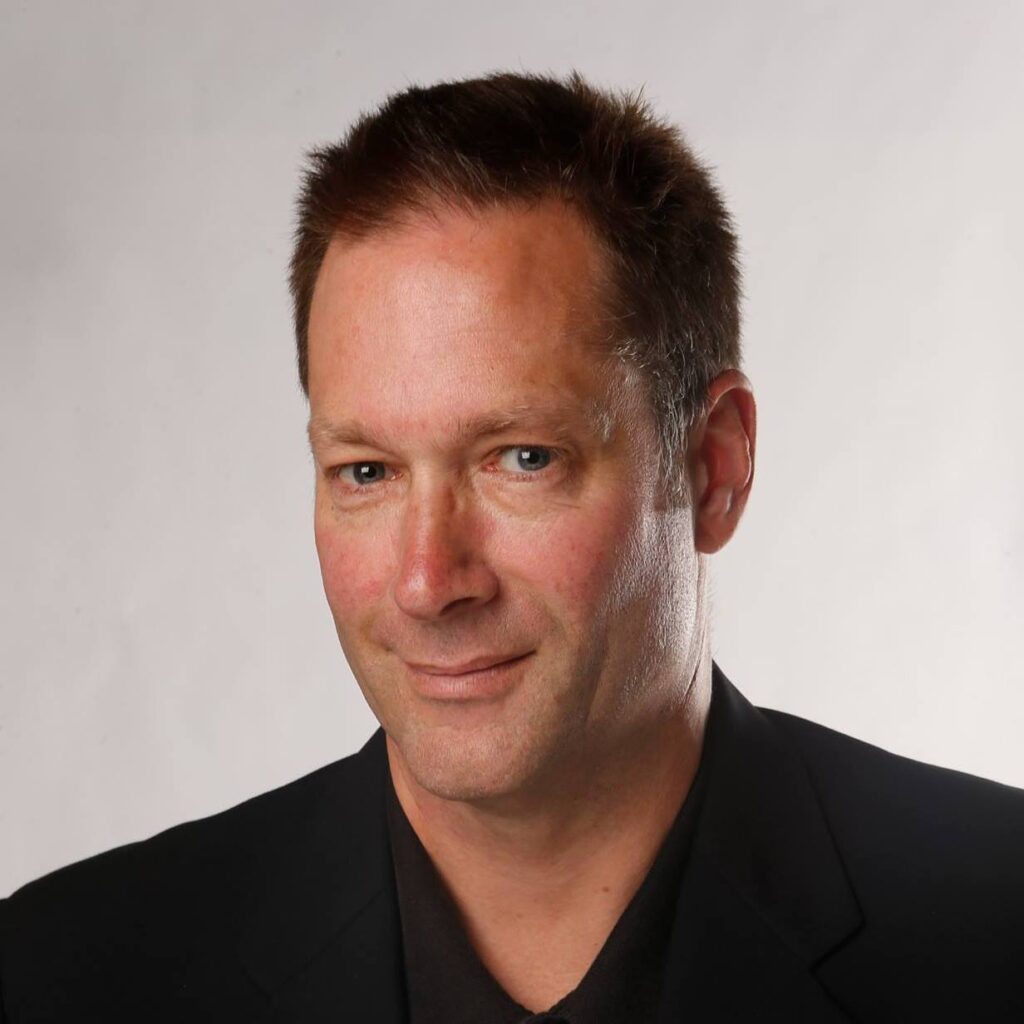A DAY TO FURTHER LEGACY OF KESEY
An all-day celebration of the author and local icon’s work, including jailhouse art, will be on April 8
They are bright and bold and colorful, and more than a little edgy, just like the man himself.
They are story boards taken from the late Ken Kesey’s “Jail Journal,” which the famous author created in 1967 after he was locked up in San Mateo County Jail in California for six months to serve his sentence on charges of marijuana possession.
If most anyone else had created them, they’d probably have been long-tossed by now, or just considered some bizarre creations of a possibly altered mind.
But these are not just anyone’s creations. These were made by the iconic merriest of Merry Pranksters.
“They’d be less interesting if he hadn’t done them, but I think it’s fascinating work,” said writer and former Oregon State University professor Ed McClanahan, speaking by phone from his home in Lexington, Ky. “It’s so full of wit and sharp perspective. I thought they were brilliant.”
A longtime friend of Kesey — the counterculture hero and author who grew up in Springfield and lived most of his adult life on his Pleasant Hill farm, and was best known for his acclaimed early 1960s novels, “One Flew Over the Cuckoo’s Nest” and “Sometimes a Great Notion” — McClanahan will present a talk on April 8 at the University of Oregon about “Kesey’s Jail Journal,” published in book form in 2003, as part of an all-day celebration of Kesey’s life and works.
“Kesey’s Jail Journal” will be on exhibit from April 8 to June 26 at the UO’s Jordan Schnitzer Museum of Art.
“These story boards are Kesey’s visual records of his experiences in jail,” said Lawrence Fong, curator of American and regional art at the Jordan Schnitzer, in a press release. “They’re provocative, darkly humorous, and in some cases, downright confusing, but all reveal his intense vision and artistic genius.”
The April 8 event is being called “From Ken’s Pen: Celebrating the Ken Kesey Collection at the University of Oregon Libraries.” Besides McClanahan, the event also will include a talk by Kesey biographer Robert Faggen, an American literature professor at Claremont McKenna College in California and author of the forthcoming book, “Ken Kesey: An American Life.”
Also available for viewing that evening at the McDonald Theatre in downtown Eugene will be the West Coast premiere of a new Kesey documentary, “Magic Trip: Ken Kesey’s Search for a Kool Place.” The film, which debuted at the prestigious Sundance Film Festival in Utah in January, tells the story of the Merry Pranksters — the group formed by Kesey in 1964 in Northern California and made famous by Tom Wolfe’s 1968 novel, “The Electric Kool-Aid Acid Test” — and their LSD-laced cross-country trip on Kesey’s psychedelic-painted bus “Further.” The movie includes personal footage of Kesey, audio recordings and photographs. The film was directed by Alex Gibney, who won an Academy Award in 2007 for best feature documentary for “Taxi to the Dark Side,” and who also was nominated in the same category in 2005 for “Enron: The Smartest Guys in the Room.” Gibney and co-director of the Kesey film, Alison Ellwood, are scheduled to attend the celebration.
The event is being co-sponsored by the museum, the Cinema Pacific Film Festival and the UO Libraries Special Collections, which Kesey — who died at age 66 in 2001 from liver cancer — selected as the repository for his papers back in the 1960s and now is home to more than 100 boxes of manuscripts, artwork, collages, photographs, audiotapes and letters. The UO is trying to buy the entire collection from Kesey’s widow, Faye Kesey. Many of those items, never seen by the public before, will be part of the exhibit.
An open house at the UO Libraries Special Collections will feature items from the collection. Several UO faculty members, students and community members will read portions of Kesey’s unpublished writings.
Much of Kesey’s six-month jail sentence in 1967 was spent at the San Mateo County Jail’s low-security “honor camp.”
Kesey had been arrested during a police raid on his La Honda, Calif., home in the redwoods south of the San Francisco Bay Area.
The honor camp “was virtually in Kesey’s backyard,” recalled McClanahan, who visited Kesey at the camp several times. One of the “Jail Journal” pages contains this note by Kesey: “Ed McClannahan brings me up some NOTEbooks and pens PLUS Gordon comes to visit but is turned away, not being on my list.”
“He didn’t like (the camp) any better for being close at hand,” McClanahan said. “But it wasn’t Alcatraz by any stretch.”
Faggen, who met Kesey in Los Angeles in 1991 when the Los Angeles Times newspaper honored Kesey for his lifetime of work with the Robert Kirsh Award, began working on Kesey’s biography before Kesey died in 2001, spending time with the legend on his farm in Pleasant Hill.
“People need to understand what made him a great artist,” Faggen said. “Because, ultimately, he was an artist. I think it’s important to recognize that there is an enormous body of work and a great legacy that Ken Kesey produced that definitely needs to be understood and preserved,” Faggen said. “(Kesey’s) work and his legacy are a treasure of the UO, Eugene and the state of Oregon. And that should be celebrated.”

Mark Baker has been a journalist for the past 25 years. He’s currently the sports editor at The Jackson Hole News & Guide in Jackson, Wyo.
